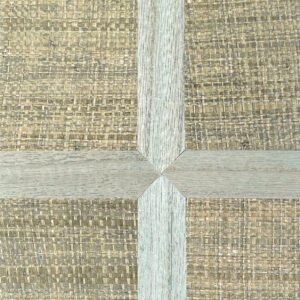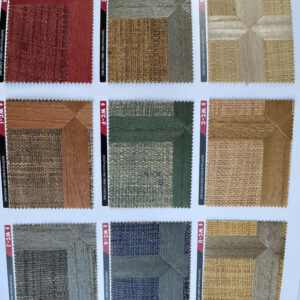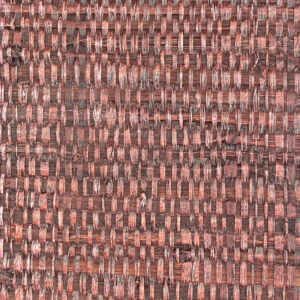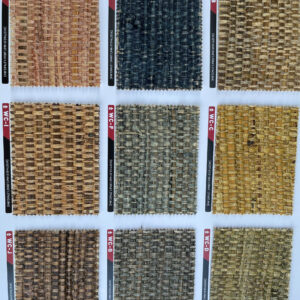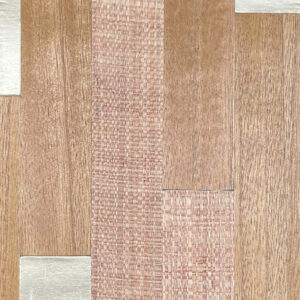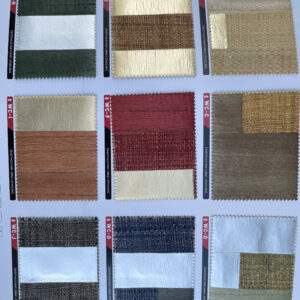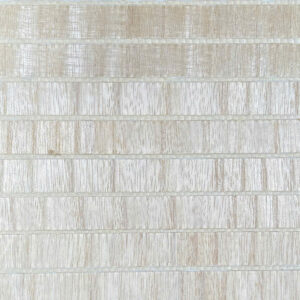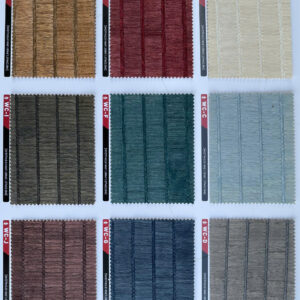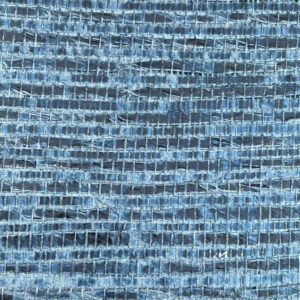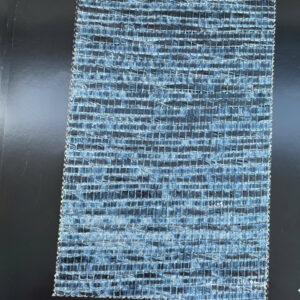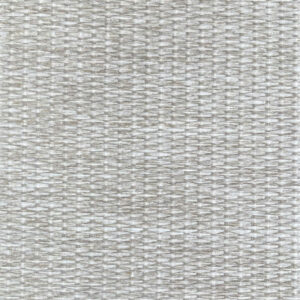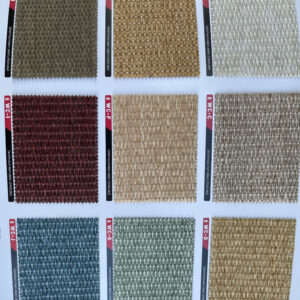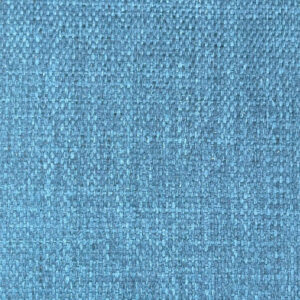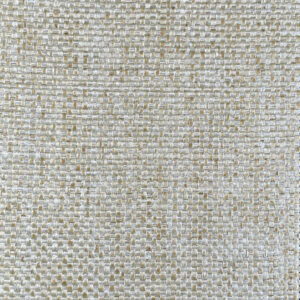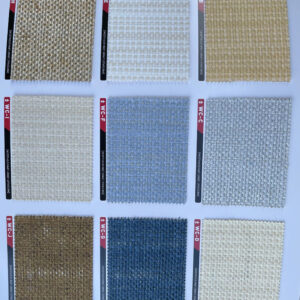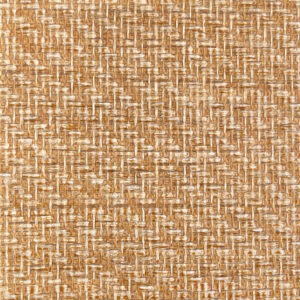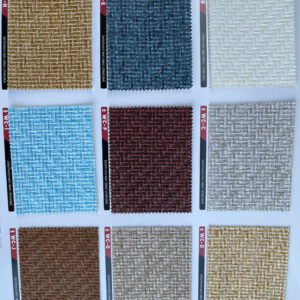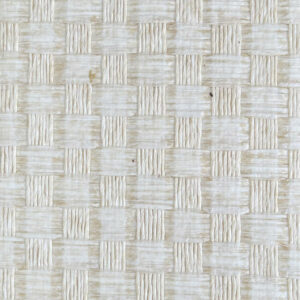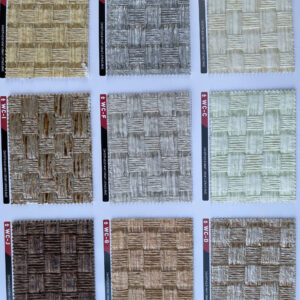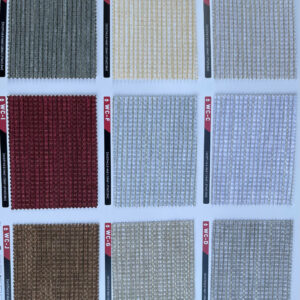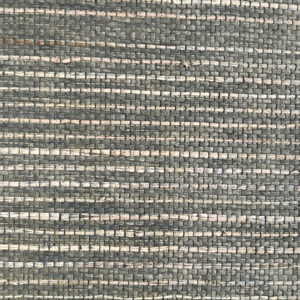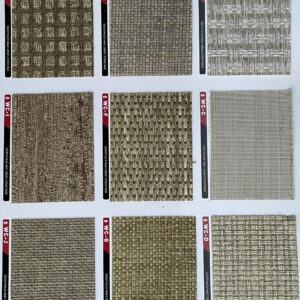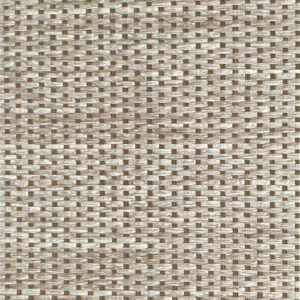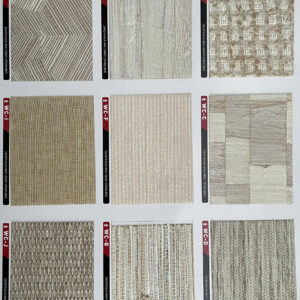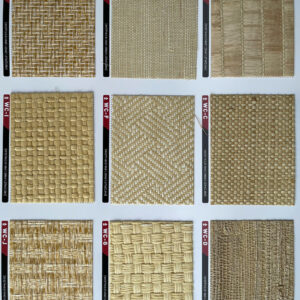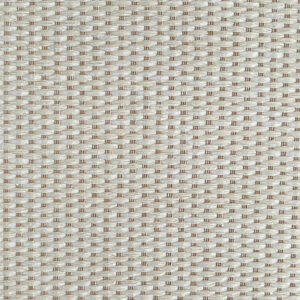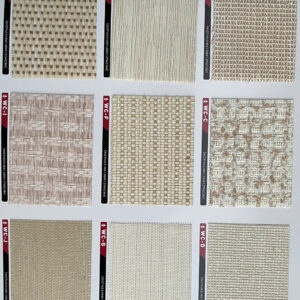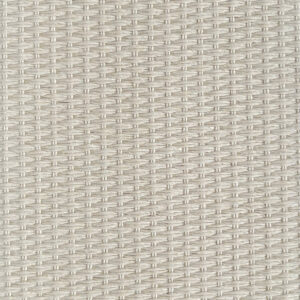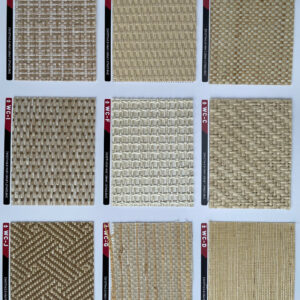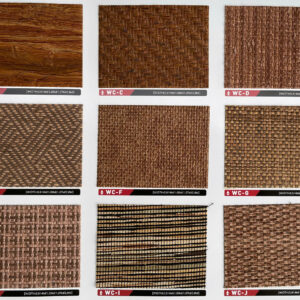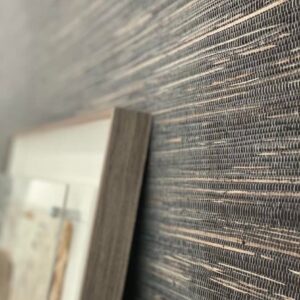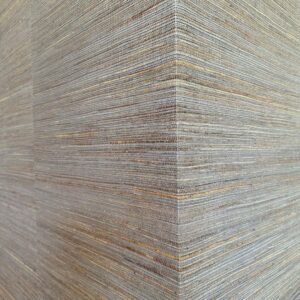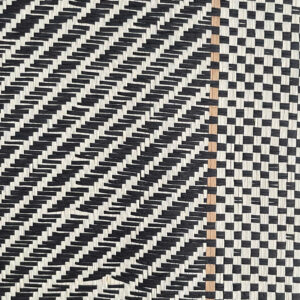Grasscloth Wallpaper has become a popular choice for homeowners seeking to create a unique and inviting atmosphere in their spaces. This type of wallpaper is not only aesthetically pleasing but also offers a tactile quality that can enhance the overall design of a room. In recent years, innovations such as peel and stick options have made it more accessible than ever for individuals in the UK, Canada, and Australia to incorporate grasscloth wallpaper into their home decor.
What is Grasscloth Wallpaper?

Grasscloth wallpaper is a type of wall covering made from natural fibers, primarily grasses, and other plant materials. It is often handwoven, which lends each roll a unique texture and appearance. Unlike traditional wallpapers that are printed with designs or patterns, grasscloth boasts a natural aesthetic that brings warmth and character to any interior space.
History and Origins of Grasscloth Wallpaper

The origins of grasscloth wallpaper can be traced back to ancient China, where the technique of weaving grass and other natural fibers was first developed. These early versions were often used in temples and palaces, showcasing the beauty of nature through intricate patterns and textures. Over time, the craftsmanship of grasscloth wallpaper spread throughout Asia and eventually reached Western countries.
With the rise of interest in natural materials during the late 20th century, grasscloth wallpaper gained significant popularity in the West, particularly during the mid-century modern movement. Designers began to appreciate its organic qualities and started incorporating it into residential and commercial interiors. Today, it remains a sought-after choice among designers and homeowners alike, thanks to its timeless appeal and versatility.
Materials Used in Grasscloth Wallpaper

Grasscloth wallpaper is typically made from a variety of natural materials, including:
- Grasses: Commonly used grasses include jute, seagrass, and sisal. Each type of grass offers a different texture and appearance, contributing to the overall look of the wallpaper.
- Bamboo: Bamboo is another popular material used in grasscloth wallpaper due to its strength and durability. It can be woven into intricate patterns, adding depth to the wallpaper's design.
- Paper Backing: Most grasscloth wallpapers come with a paper backing that provides stability and makes installation easier. The backing also helps to protect the natural fibers from moisture and damage.
- Natural Dyes: Many manufacturers use eco-friendly dyes derived from plants to color the grasscloth. This commitment to sustainability ensures that the wallpaper remains environmentally friendly while still offering a wide range of color options.
Understanding the materials used in grasscloth wallpaper is crucial for selecting the right product for your space. When making your choice, consider factors such as texture, color, and the overall aesthetic you wish to achieve.
Benefits of Using Grasscloth Wallpaper

Incorporating grasscloth wallpaper into your interior design offers numerous benefits that go beyond mere aesthetics. From its sustainable nature to its ability to add depth and texture, this unique wall covering enhances the overall appeal of any room.
Aesthetic Appeal and Versatility
One of the most significant advantages of using grasscloth wallpaper lies in its aesthetic appeal. The natural fibers provide a unique texture that adds depth to a room, creating an inviting atmosphere. Whether you're aiming for a modern, bohemian, or traditional look, grasscloth wallpaper can seamlessly blend with various design styles.
Moreover, grasscloth wallpaper comes in a multitude of colors, patterns, and textures, allowing homeowners to customize their spaces according to their preferences. From neutral tones that promote tranquility to vibrant hues that energize a room, there is a suitable option for every taste.
Additionally, the versatility of grasscloth allows for creative applications. You can use it on an accent wall, as a statement behind a bed, or even in a small nook to create a cozy reading corner. Regardless of how you choose to use it, grasscloth wallpaper guarantees a stunning visual impact.
Sustainability and Eco-Friendliness
As the world becomes increasingly conscious of environmental issues, many people seek sustainable alternatives for home decor. Grasscloth wallpaper serves as an eco-friendly option due to its use of natural materials. By opting for grasscloth, you support responsible sourcing and contribute to reducing the demand for synthetic materials.
Furthermore, the production of grasscloth wallpaper typically requires fewer resources compared to conventional wallpaper manufacturing processes. The natural fibers are biodegradable, ensuring that they will not pose a threat to the environment once disposed of.
By choosing grasscloth wallpaper, you not only elevate the aesthetic of your home but also make a positive statement about your commitment to sustainability.
Texture and Depth in Interior Spaces
Texture plays a vital role in creating dynamic and engaging interior spaces. Grasscloth wallpaper provides an unparalleled tactile quality that can transform the feel of a room. When installed, it invites touch and curiosity, encouraging interactions with the space.
The layered appearance of grasscloth adds depth to walls, making them appear more three-dimensional. This effect can be especially beneficial in smaller rooms, where depth can help create the illusion of more space. Additionally, the organic textures of grasscloth can soften harsh lines and edges in a room, promoting a sense of calm and relaxation.
Whether you use it in a cozy living room, a serene bedroom, or even a stylish office, grasscloth wallpaper contributes a sense of warmth and sophistication that elevates the overall ambiance.
Installation Process of Grasscloth Wallpaper

Installing grasscloth wallpaper may seem daunting, but with the right preparation and tools, it can be a rewarding DIY project. The process involves several key steps to ensure a successful application that showcases the wallpaper's beauty.
Preparation of the Walls
Before diving into the installation process, it's essential to prepare the walls properly. Start by cleaning the surface of the walls to remove any dust, dirt, or grease that could interfere with adhesion. If there are any imperfections such as cracks or holes, fill them in with spackle and sand the area smooth.
Once the walls are clean and smooth, it's crucial to apply a primer specifically designed for grasscloth wallpaper. This will create a suitable surface for the wallpaper to adhere to while also preventing moisture from affecting the natural fibers.
Finally, measure the wall space carefully to determine how much wallpaper you'll need. It's always a good idea to purchase extra material to account for mistakes or future repairs.
Tools and Materials Needed for Installation
Having the right tools and materials on hand will streamline the installation process. Here’s a list of what you'll need:
- Grasscloth Wallpaper: Ensure you have enough rolls for the entire wall or area you're covering.
- Wallpaper Paste: Choose a high-quality paste that's compatible with grasscloth wallpaper. Some brands offer pre-mixed paste, while others require mixing with water.
- Utility Knife: A sharp utility knife will help you cut the wallpaper accurately for a clean finish.
- Straight Edge/Ruler: Use a straight edge or ruler to guide your cuts and ensure straight lines.
- Smoothing Tool: A smoothing tool will help eliminate air bubbles and wrinkles during application.
- Measuring Tape: A measuring tape is crucial for determining the length of wallpaper needed for each section.
- Level: Using a level will help ensure that your first strip of wallpaper is applied straight, setting the tone for the rest of the application.
Step-by-Step Installation Guide
Now that you're prepared, follow these steps to install your grasscloth wallpaper:
- Measure and Cut: Measure the height of your walls and cut the wallpaper accordingly, leaving a couple of extra inches for adjustments.
- Apply Paste: Use a brush or roller to evenly distribute wallpaper paste on the back of the grasscloth. Be generous, but avoid over-saturating the material.
- Position the First Strip: Carefully position the first strip of wallpaper against the wall, starting at one corner. Use a level to ensure it is straight.
- Smooth Out Bubbles: Gently smooth the wallpaper from the center outwards using the smoothing tool. This will help remove air bubbles and create a clean finish.
- Repeat for Additional Strips: Continue applying additional strips, ensuring that the edges line up seamlessly. Use a staggered pattern if desired for added visual interest.
- Trim Excess: Once all strips are applied, use a utility knife to trim any excess wallpaper along the top and bottom edges for a polished look.
- Allow to Dry: Follow the manufacturer's instructions regarding drying time before decorating or placing furniture against the walls.
With patience and attention to detail, installing grasscloth wallpaper can become a fulfilling endeavor that transforms your space.
Maintenance and Care for Grasscloth Wallpaper

Taking care of grasscloth wallpaper is essential to maintain its beauty and longevity. While it may require some extra attention compared to traditional wallpaper, following the proper maintenance techniques will keep your walls looking stunning for years.
Cleaning Techniques for Grasscloth
Cleaning grasscloth wallpaper requires a gentle approach to avoid damaging the natural fibers. Begin by regularly dusting the surface with a soft, dry cloth or a feather duster. This will prevent the accumulation of dirt and dust over time.
If more thorough cleaning is necessary, use a slightly damp cloth with mild soap or a specialized wallpaper cleaner. Avoid soaking the grasscloth, as excessive moisture can lead to damage. Instead, lightly wipe down the surface and immediately dry it with a clean, dry cloth.
For stubborn stains, consult the manufacturer's guidelines or a professional wallpaper cleaner for assistance. Remember that prevention is key; promptly addressing spills or stains will make maintenance easier.
Repairing Damages and Wear
Despite its durability, grasscloth wallpaper can experience wear and tear over time. Accidents happen, and knowing how to repair minor damages will help you maintain the integrity of your wallpaper.
For small tears or frayed edges, you can use a small amount of wallpaper paste to reattach the damaged area. Apply the paste to the torn piece and press it firmly against the wall, smoothing it out as you go.
If a larger section becomes damaged, you may need to replace it entirely. In this case, carefully cut out the damaged section and replace it with a new piece of grasscloth. Make sure to match the pattern and texture as closely as possible for a seamless repair.
Regularly inspecting your wallpaper for damages will help you catch and address any issues before they worsen, ensuring your walls remain beautiful and well-maintained.
Popular Styles and Patterns of Grasscloth Wallpaper

The world of grasscloth wallpaper is vast, filled with a multitude of styles and patterns that cater to a variety of tastes and design sensibilities. Understanding the current trends and options available can help you make informed choices when selecting wallpaper for your space.
Color Variations and Trends
Color plays a vital role in establishing the mood and ambiance of a room. The latest trends in grasscloth wallpaper feature a diverse array of colors, from soothing neutrals to bold, vibrant shades. Light colors such as creams, beiges, and soft grays create a calming atmosphere, perfect for bedrooms and living areas.
On the other hand, darker hues like navy blue, charcoal, and emerald green can add drama and sophistication to a room. These bold colors work exceptionally well in dining rooms or home offices, providing a warm backdrop that encourages focus and creativity.
Textured grasscloth wallpaper allows for additional dimensions in color, as variations in weave and fiber can produce subtle shifts in shade across the surface. This variability can introduce an intriguing visual element to the wallpaper, enhancing its organic character.
Design Inspirations for Different Rooms
When considering grasscloth wallpaper, it's helpful to explore design inspirations for various rooms in your home.
- Living Rooms: For a relaxed, inviting atmosphere, opt for light-colored grasscloth with a subtle texture. Pair it with natural wood furniture and plush fabrics to create a harmonious space.
- Bedrooms: Soft, muted tones with a delicate pattern can evoke a sense of serenity in bedrooms. Consider using grasscloth as an accent wall behind the headboard to create a focal point that promotes restful sleep.
- Dining Rooms: Bold, dramatic colors can set the stage for memorable gatherings. Grasscloth wallpaper with a textured pattern can serve as a stunning backdrop for elegant dinner parties.
- Home Offices: To inspire creativity and productivity, use deeper colors in combination with bright accents. A patterned grasscloth can inject energy into the workspace while maintaining a sophisticated appeal.
Regardless of the room, grasscloth wallpaper provides endless opportunities for self-expression and creativity in design.
Conclusion
In conclusion, grasscloth wallpaper is a versatile and visually captivating option for anyone looking to elevate their interior design. With its rich history, eco-friendly materials, and stunning aesthetic, it can transform any space from mundane to extraordinary.
The benefits of using grasscloth extend beyond its beauty; it offers texture, depth, and sustainability, making it an appealing choice for environmentally-conscious consumers. Moreover, with the advent of peel and stick options, incorporating grasscloth wallpaper into your home has never been easier.
Whether you’re living in the UK, Canada, or Australia, embracing this unique wall covering can bring a touch of nature indoors, enhancing your living environment. As you embark on your journey to redecorate, consider the myriad styles, colors, and patterns available to find the perfect fit for your home.
Harness the power of grasscloth wallpaper to create a sanctuary that reflects your personality and embraces the beauty of nature. Embrace the style, texture, and warmth that grasscloth can bring, and enjoy the transformative effects it has on your living spaces.



